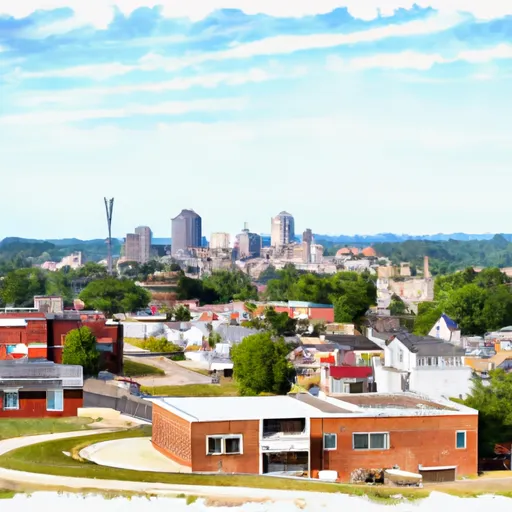°F
°F
mph
Windspeed
%
Humidity











La-Monte is a small town in Pettis County, Missouri, located in the central part of the state. It experiences a humid subtropical climate characterized by hot and humid summers and cool winters. Average temperatures range from the mid-80s°F (high 20s°C) in summer to the mid-30s°F (around 0°C) in winter. Precipitation is fairly evenly distributed throughout the year with an average annual rainfall of around 40 inches.
La-Monte is situated close to the headwaters of the Blackwater River, which flows through the town, providing scenic views and opportunities for outdoor activities such as fishing, canoeing, and kayaking. The river is home to various fish species, including largemouth bass, crappie, and catfish, attracting fishing enthusiasts. The surrounding countryside offers beautiful landscapes, making it ideal for hiking, camping, and wildlife observation.
Outdoor enthusiasts can also visit nearby Knob Noster State Park, just a short drive from La-Monte. The park offers numerous recreational opportunities, including camping, picnicking, hiking, and mountain biking. It is home to diverse plant and animal species and features scenic trails that wind through woodlands and prairies.
Overall, La-Monte, Missouri, with its pleasant climate, access to the Blackwater River, and proximity to Knob Noster State Park, provides ample opportunities for outdoor recreation and nature exploration.
Weather Forecast
La-Monte receives approximately 1045mm of rain per year, with humidity levels near 83% and air temperatures averaging around 13°C. La-Monte has a plant hardyness factor of 6, meaning plants and agriculture in this region thrive during a short period during spring and early summer. Most plants will die off during the colder winter months.
Regional Streamflow Levels
63
Cubic Feet Per Second
361
Cubic Feet Per Second
66
Cubic Feet Per Second
124
Cubic Feet Per Second
Nearby Camping
| Camping Area | Reservations | Toilets | Showers |
|---|---|---|---|
| Spring Lake | |||
| Mount Magazine State Park | |||
| Piney Bay - Lake Dardanelle | |||
| Lake Dardanelle State Park | |||
| Cane Creek - Lake Dardanelle | |||
| Shoal Bay - Lake Dardanelle |



